Fuente Arco Iris del Puente Banpodaegyo (반포대교 달빛무지개분수)
12.2Km 2024-06-21
Sinbanpo-ro 11-gil 40, Seocho-gu, Seúl.
La Fuente Arco Iris del Puente Banpodaegyo es la fuente de agua más grande del mundo ubicada en un puente. La fuente tiene programados distintos espectáculos de colores durante el día y la noche. Durante el día, la fuente da muestra de un centenar de diferentes configuraciones representando las ramas y hojas del sauce. Cuando el sol se pone, 200 luces iluminan la fuente que parece hacer un baile al ritmo de la música, con el agua de colores del arco iris. El parque también cuenta con un escenario al aire libre, un eco-observatorio y una zona de pícnic.
Parque Banpo del Río Hangang (반포한강공원)
12.2Km 2022-12-16
Sinbanpo-ro 11-gil 40, Seocho-gu, Seúl
El Parque Banpo del Río Hangang está situado en el lado sur del río que pasa por el puente Banpo (o Jamsu), entre los puentes Hamnam y Dongjak. La fuente Rainbow (Arco iris), construida a los dos lados del puente Banpo, fue registrada en 2008 en el Libro Guinness de los récords como la fuente de un puente más larga del mundo, con un total de 1.140 metros de longitud. El puente empieza en el parque Banpo, creado con el Proyecto de Renacimiento de Hangang. Por la noche, más de 200 luces crean unas fantásticas vistas que simulan a un hermoso arco iris.
Además, hay muchas instalaciones deportivas como el parque Bubble, la pista de patinaje, el campo de fútbol y la cancha de baloncesto. Se puede también disfrutar de las impresionantes vistas del río Hangang y de los rascacielos cercanos a la orilla del río desde las cafeterías Gureum y Noeul, situados en la parte sur del puente Dongjak.
Seoraeseom conecta el parque Banpo del río Hangang y es una isla creada artificialmente para ofrecer un lugar a los habitantes de Seúl en el que poder disfrutar y relajarse. Cada primavera, el lugar se llena de flores y de gente que quiere disfrutar de un picnic allí, o de los eventos primaverales como el Festival de las Mariposas de Seoraeseom.
Isla Seoraeseom de Banpo (반포 서래섬)
12.2Km 2021-03-05
Sinbanpo-ro 11-gil 40, Seocho-gu, Seúl.
La isla Seoraeseom de Banpo es una isla artificial creada a mediados de la década de 1980. Se localiza en el área de Banpo, aledaña al río Hangang. Se conecta con el Parque Banpo del Río Hangang mediante 3 puentes. Es un hábitat de aves migratorias y posee campos de flores, sitios de esquí acuático y otras instalaciones recreativas.
Stay Passport Sindang Ryokan (스테이 패스포트 신당 료칸)
12.4Km 2025-04-25
33, Nangye-ro 11-gil, Jung-gu, Seoul
Seoul Wave Art Center (서울웨이브아트센터)
12.7Km 2024-08-06
Jamwon-ro 145-35, Seocho-gu, Seúl
Mercadillo Tradicional de Seúl (서울 풍물시장)
12.7Km 2024-01-24
Cheonho-daero 4-gil 21, Dongdaemun-gu, Seúl
Templo Hwagyesa en Seúl (화계사(서울))
12.9Km 2021-11-29
Hwagyesa-gil 117, Gangbuk-gu, Seúl.
El templo Hwagyesa, bajo la orden Chogye del budismo coreano, se ubica en los pies del monte Samgaksan en Suyu-dong, Gangbuk-gu, Seúl. Aunque se localiza en la capital, el encantador paisaje de su alrededor crea un escenario que permite escaparse de la vida urbana. Construido en el año 1522 (el 17º año del reinado del rey Jungjong de la dinastía Joseon) por el monje Shinwol, fue destruido por un incendio el 1618. En 1866 (el 3º año del reinado del rey Gojong), se reconstruyó con soporte financiero de la corte real. El templo fue construido con un estilo arquitectónico antiguo, junto con Daeungjeon, el santuario principal (Bien Cultural Tangible), el santuario Myeongbujeon, el pabellón Samseonggak, el santuario Cheonbulobaekseongjeon, el pabellón de la campana del templo, la torre Bohwaru y la torre Hakseoru. Un pequeño manantial, llamado Oktakcheon, localizado en el valle (Hwagyeogol) más allá del templo Hwagyesa, es famoso por los poderes curativos sobrenaturales de enfermedades de la piel y el estómago. Una leyenda dice que el manantial fue formado con los picotazos de los cuervos en las rocas.
Piscina de Jamwon del Parque del Río Hangang (한강시민공원 잠원수영장)
12.9Km 2022-09-06
Jamwon-ro 221-124, Seocho-gu, Seúl
El Parque del Río Hangang tiene 6 piscinas en total. El precio de la entrada es muy barato en comparación con la tarifa de otras piscinas al aire libre y tiene la calidad del agua y mantenimiento muy bien controlados. Para la comodidad de los visitantes, disponen también de intalaciones como quioscos, tiendas de venta de artículos de natación, etc.
Parque Jamwon del Río Hangang (잠원한강공원)
12.9Km 2021-07-01
Jamwon-ro 221-124, Seocho-gu, Seúl.
El parque está situado en el lado sur del río Hangang. La longitud total es de 5,4 kilometros y se localiza cerca de las zonas más populares como Gangnam-gu y Seocho-gu. El parque cuenta con instalaciones deportivas como pistas de atletismo, campo de fútbol, cancha de vóleibol, piscina, pista de tenis y un gimnasio. También dispone de pistas para bicicletas y zonas de aprendizaje del ecosistema del río. En el verano, la gente suele visitar aquí para disfrutar de las emocionantes actividades acuáticas como la natación, windsurf y paseos en lancha.
Festival de la Juventud de Geumcheon (금천청년축제)
13.0Km 2025-09-03
Siheung-daero 73-gil 70, Geumcheon-gu, Seúl
010-9771-2090

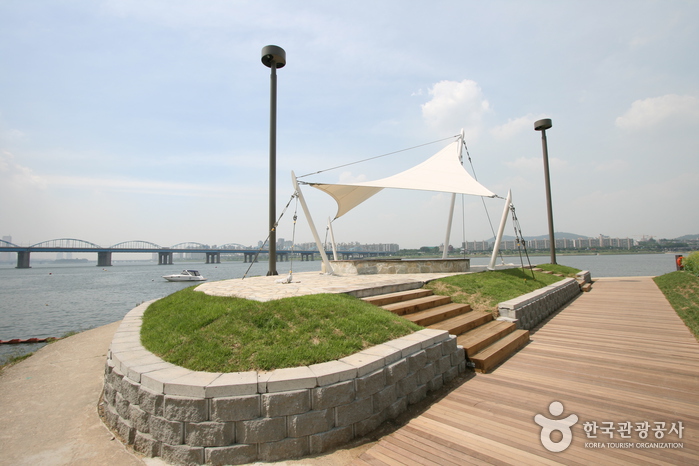
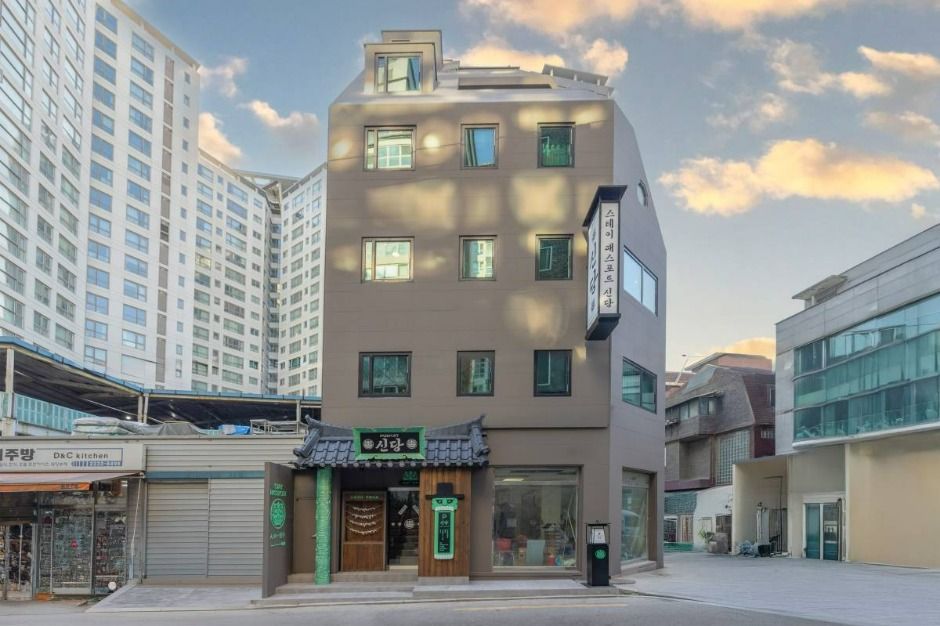
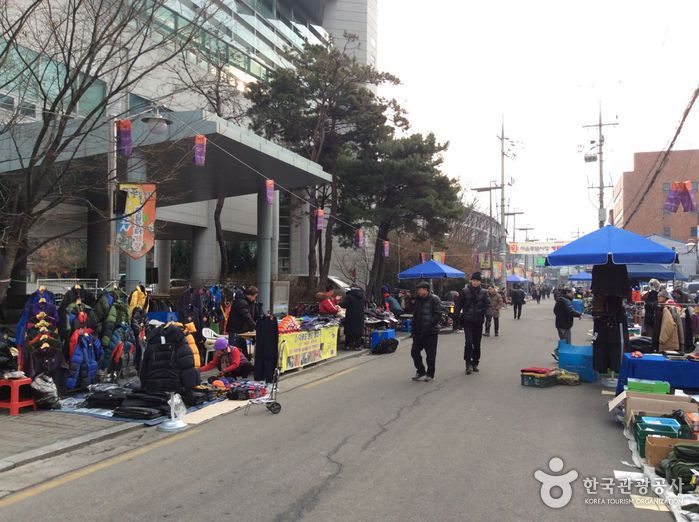
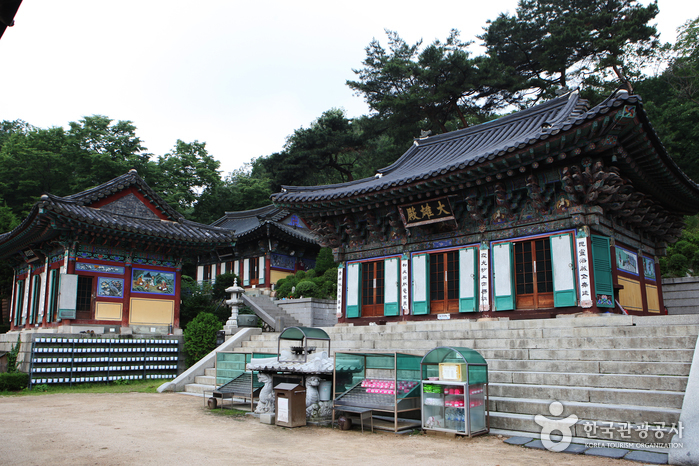
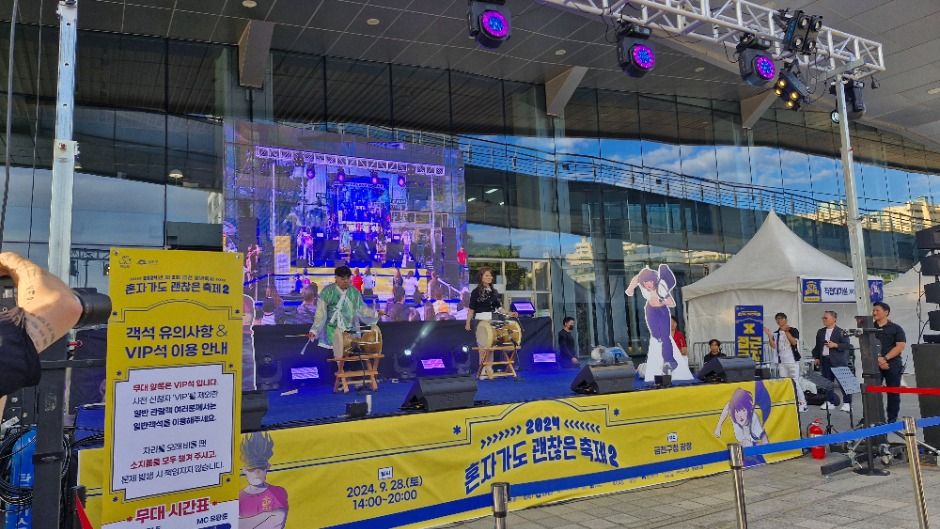
 Español
Español
 한국어
한국어 English
English 日本語
日本語 中文(简体)
中文(简体) Deutsch
Deutsch Français
Français Русский
Русский